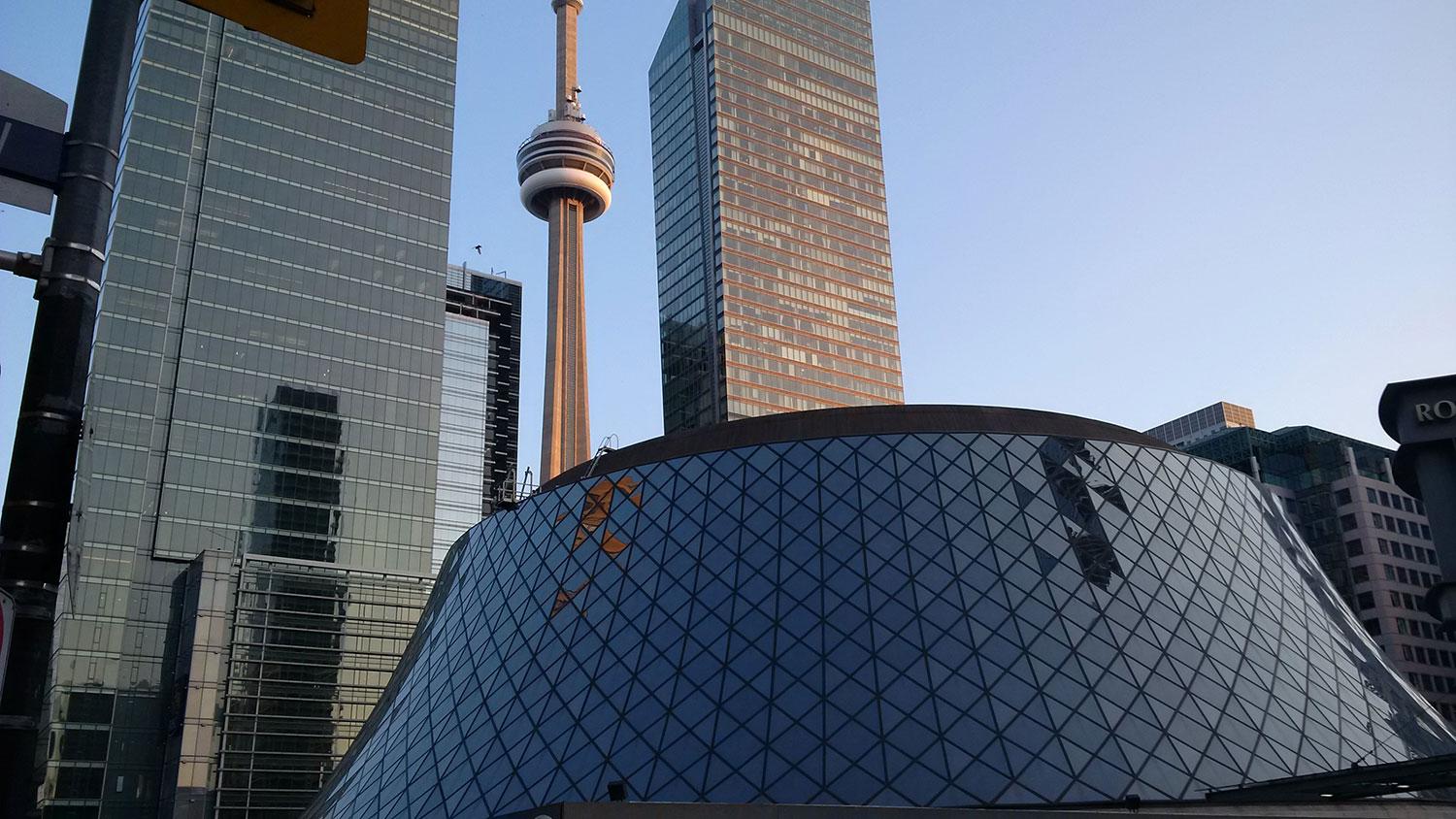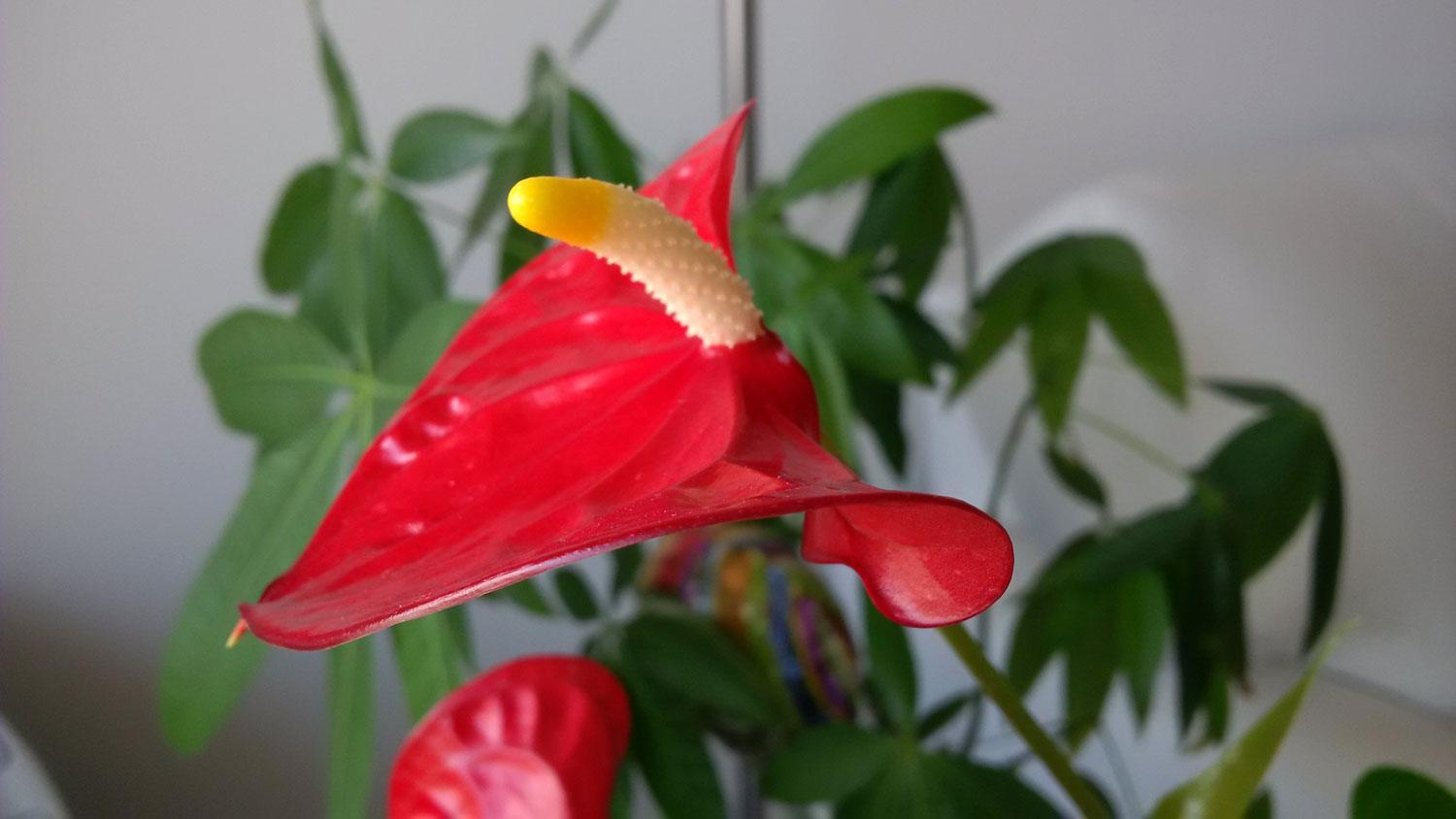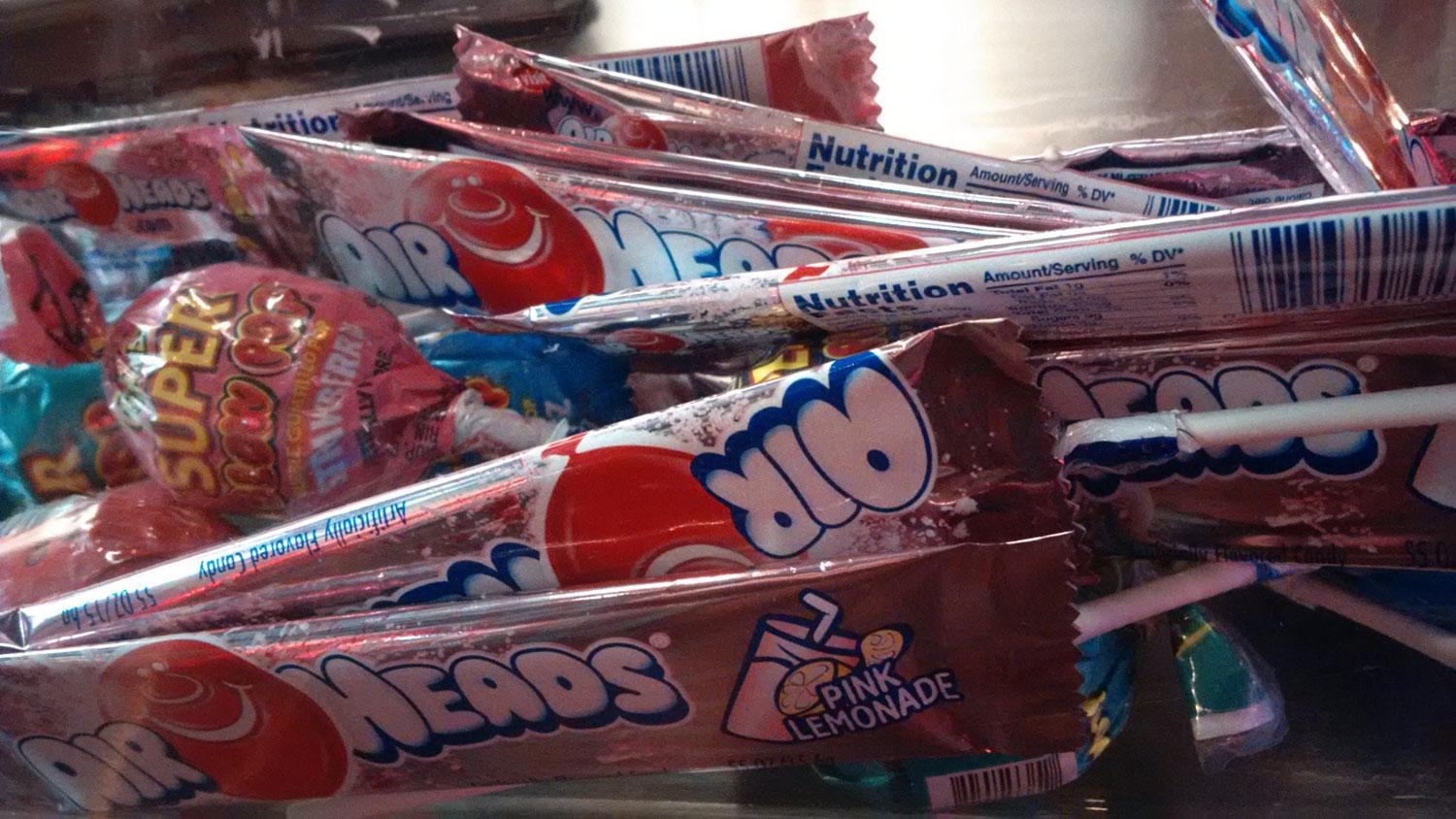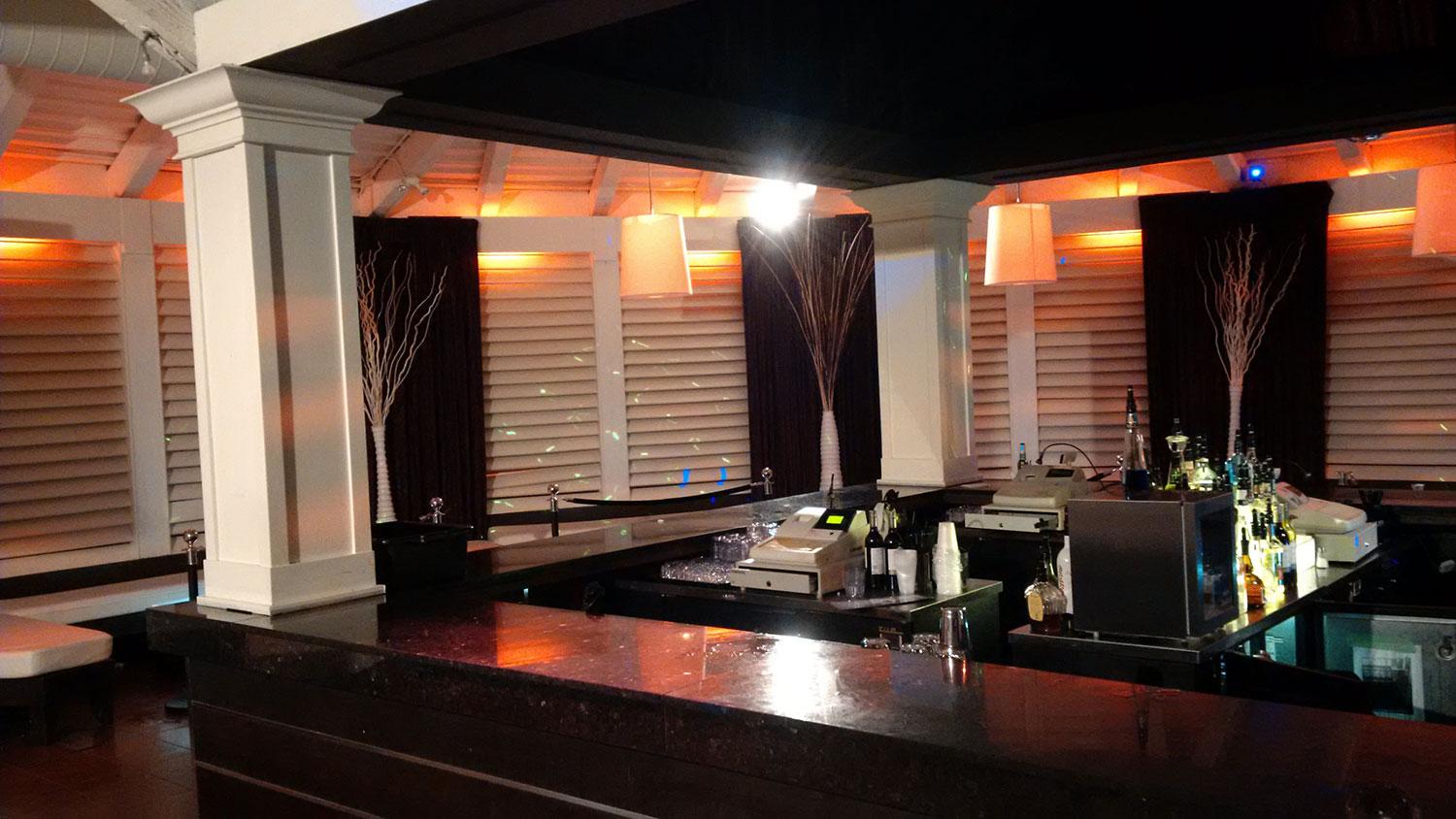“The newest all-touch BlackBerry maintains the status quo.”
- Screen is surprisingly vibrant
- Hub and keyboard still shine
- Battery life is excellent
- Expandable memory via microSD card slot
- Processor is really old
- Android apps are sluggish
- Camera struggles in low-light and nighttime
When one thinks of BlackBerry, three things come to mind: security, keyboards, and lost opportunities. The first two have been cornerstones of the brand, which is largely why the last two smartphones it launched — the Passport and the Classic — focused so much on them. The last item is an unfortunate reality for the company.
Buy it now from:
Now we have the Leap, the newest all-touch BlackBerry device, which attempts to maintain the status quo. Positioned as an affordable handset that offers mid-range performance with the security and productivity features BlackBerry is known for, the Leap is certainly not made to appeal to the masses. It’s niche, much like everything else in BlackBerry’s hardware lineup, and an unusual mix of components and features make it even more so. Who might find that mix appealing depends entirely on how much the scale tips toward business over pleasure.
Inner familiarity
Under the hood, this phone is like a BlackBerry Z10 from 2013 that warped into the present in a slightly different form. Pull up the Z10’s spec sheet and the resemblance is uncanny. The 720p display, 1.5GHz dual-core Snapdragon S4 processor, 2GB of RAM, 16GB internal storage, 8-megapixel rear camera, and 2-megapixel front camera are all the same. The only real differences? The LCD stretches out to 5 inches, the battery is 2,800mAh (compared to the Z10’s 1,800mAh), the microSD card slot is expandable up to 128GB (instead of 64GB in the Z10), and there is no NFC support.
- 1. From left: Z10, Z30, Leap
- 2. From left: Z30, Z10, Leap
The most perplexing on that list is the processor. It’s a silicon dinosaur, with even low-end Android phones having moved on from it. It was already long in the tooth when the Z10 launched in 2013, so the choice likely has a lot to do with batch-purchasing the chip to keep costs down.
Under the hood, this phone is like a BlackBerry Z10 that warped into the present in a slightly different form.
The phone’s design sticks to basic tenets, with the 5-inch display covering the whole front panel, fused together with a textured and rubberized back that is similar to the Z10. This isn’t a premium combination, but it’s certainly not pedestrian, either. At 170g, the Leap does have some heft and thickness to it. Despite having the same screen size, the Leap is taller and wider than the Z30, and lacks its curved edges.
The Leap doesn’t have a removable back, and it frankly doesn’t need to. The SIM and microSD slots are situated together on the left side, while the familiar volume and BlackBerry Assistant buttons are on the right. The power button is placed at the very center at the top, flanked by the headphone jack and microphone. The micro-USB is placed in the center at the bottom with a microphone to its side.
Software
The aged internals wouldn’t seem amenable to significant software upgrades, but that doesn’t appear to be the case here since the Leap runs the latest version of BlackBerry’s OS, 10.3.1. Passport and Classic users have already been on that for months, so the Leap is in line with where the rest of the lineup currently sits.
Even so, BlackBerry 10 seems to be a strange dichotomy. It’s a very functional OS, and the Hub continues to be the best email and messaging platform I’ve seen in any mobile platform. And yet it all seems almost unfinished — like it’s missing something visual or practical to make it look more polished. The inclusion of the Amazon Appstore was meant to legitimize the addition of Android apps, which is nice, except the selection seems to change without warning.
The last time I was able to freely download Netflix from the Appstore was with the Passport. Same with Rdio. When I search for them on the Leap, they’re nowhere to be found, and I can’t understand why. Despite that archaic chipset, these apps should run fine on the Leap. There is the option to sideload APK files, of course, but that also requires manually loading the apps all over again when updated versions are released.
Unfortunately, there’s still no way to get notifications from Android apps, forcing users to go in and see whether there is something new to look at. The lack of Google Play Services support is another hole that seems unlikely to be filled anytime soon.
To be fair, the Leap’s merits shouldn’t begin and end with entertainment and gaming apps. After all, this is supposed to be a workhorse for the working man or woman. The Hub’s efficiency extends also to what I believe is the best virtual keyboard in the business. Responsive, smart and shrewdly customizable, the goodness BlackBerry users come to expect from the physical keyboard is mirrored here as well. The intuitiveness of text prediction feels more realistic than what I’ve seen from others on iOS, Android, and Windows Phone.
Then there’s Blend, BlackBerry’s unique connectivity and productivity platform designed to extend the phone onto a secure interface you can use on other devices, including Windows PC, Mac, iOS, and Android. Though more should be done to make this even better, particularly improving file transfers, the gist of what’s there is worth diving into.
Performance
I expected to feel like I was using a phone with an old soul, and for the most part, was surprised at how well it fared. The Leap’s screen doesn’t look out of its depth, and it was very responsive to touch. Apps launched without fail, and I never really encountered any crashes.
To be fair, the Leap’s merits shouldn’t begin and end with entertainment and gaming apps.
But there are usability consequences to note. Launching apps, especially Android ones, shows a noticeable lag. Multitasking from app-to-app incurs a slight delay. These are subtle cues that aren’t so much a problem, but more a case that patience is part of the deal here. As with any mid-range
The BlackBerry Assistant voice platform doesn’t get any major upgrade, but is still a competent and effective way to search or get things done. Doing a web search is as easy as setting a calendar appointment, sending a message, or making a call. Again, the processing involved does take longer on the Leap than on the Passport or Classic, largely because those two use much faster chipsets.
When it comes to consuming content, there is a YouTube “app” that is really just a shortcut to the browser version. It runs perfectly fine, mind you, but isn’t going to feel as user-friendly as the mobile apps found on other platforms. An Android version wasn’t available through the Appstore.
Games are generally okay, but the higher the rendering and graphic output, the more the Leap strains to keep up. I could play Angry Birds without incident, but Modern Combat 5 had its moments of instability along the way. But the Leap isn’t made to play the latest and greatest games. That it can play games and stream video well enough is a testament to just how much BlackBerry has been able to squeeze out of such an ancient processor.
Camera
The ability of the Leap’s 8-megapixel rear camera is commensurate with the amount of light it’s able to take in. The brighter the day or environment, the better the image or video turns out to be. There are no surprises here because using the same image sensor and lens as the Z10 makes the results all too predictable. Granted, the Leap is running 10.3.1, which has offered some software optimization to improve composition, but there isn’t too much magic going on here.
Besides, when a phone is positioned as an affordable business tool above all else, the camera is unlikely to get a serious overhaul. This isn’t to say that the Leap can’t take good photos. It can. It’s just that the conditions in which it does have to be optimal.
Results aren’t bad, and it helps that BlackBerry has at least tried to lend some support on the fly. The camera app will suggest HDR mode if the sensor notices contrasting shadows and brightness, or Burst mode if it notices movement or detects faces. Auto-focusing isn’t bad, particularly when compared to other mid-range handsets.
When the lights dim or night falls, however, the weaknesses become apparent. With no optical image stabilization or wider aperture, low-light shooting is challenging. HDR mode can help offset some of the extremes, but it’s not enough to glean impressive results. Even the steadiest hand can’t save certain photos. Resting the phone on a flat surface, setting a timer and shooting in Night mode is probably the best setup for shooting in such a scenario, however impractical that may be.
Battery life
The dated specs and larger battery combine for one of the longest lives I’ve seen on a phone at this price point. With a much larger battery than the Z10, the Leap earns its keep as a workhorse. With moderate usage that stuck to business-oriented tasks, I was able to go two days before needing to recharge. With more mixed usage that included gaming and video streaming, I could still pass 24 hours. When it reaches 20 percent left, the battery saver mode kicks in to keep the lights on longer.
That’s impressive, given the older guts under the hood. It’s also non-negotiable for business users who need to feel secure that their phone won’t thirst for more juice within hours. Mid-range smartphones rarely do well in that department, so this is easily one of the Leap’s highlights.
Conclusion
Were this an Android phone, it could be written off as an affordable handset that any budget-conscious user could make do with to stay connected. That doesn’t fly here, simply because this is a BlackBerry, a platform fewer and fewer people are using nowadays.
Still, it’s reasonable to view it in the same light as other smartphones in its price range. For $275 unlocked and non-contract at ShopBlackBerry.com and Amazon, it doesn’t break the bank, though competition is stiff in that ballpark. Motorola’s Moto G (2014) is one of the best mid-range phones, and is available now for $180. The Moto G doesn’t offer LTE speeds like the Leap does, so that can be a big difference if having the fastest connection matters.
The Leap is more of the same from BlackBerry, but it offers an entry point for users seeking a tool rather than a toy at a price they can afford. Those desiring a BlackBerry with more disposable income and greater expectations are better served with the Passport or Classic, but the ones who don’t should manage fine with the Leap, or even the Z30.
Highs
- Screen is surprisingly vibrant
- Hub and keyboard still shine
- Battery life is excellent
- Expandable memory via microSD card slot
Lows
- Processor is really old
- Android apps are sluggish
- Camera struggles in low-light and nighttime




















